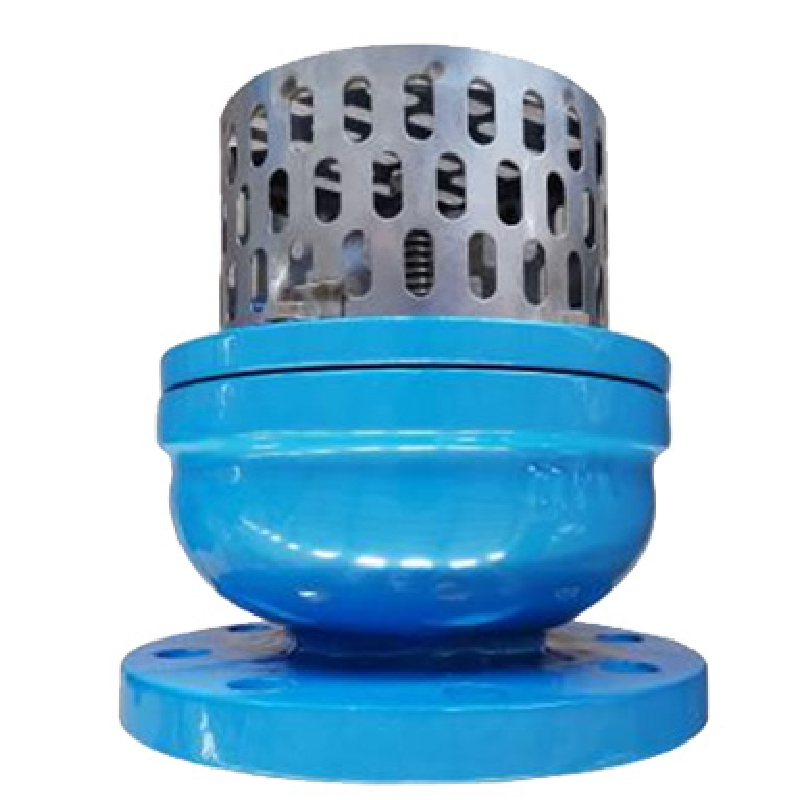Dec . 03, 2024 14:56 Back to list
ductile iron gate valve
Understanding Ductile Iron Gate Valves A Comprehensive Overview
Ductile iron gate valves are essential components in various industrial applications, providing reliable flow control in piping systems. Their design and material characteristics make them particularly suitable for use in water supply, wastewater management, and various chemical processes. This article delves into the properties, advantages, applications, and maintenance of ductile iron gate valves, underscoring their importance in modern infrastructure.
Material Composition and Properties
Ductile iron, also known as spheroidal graphite iron, is a type of cast iron that possesses superior mechanical properties compared to traditional cast iron. Its unique microstructure, which includes spherical graphite inclusions, grants it increased strength, ductility, and toughness. These characteristics are critical for gate valves, which are subjected to considerable stress and pressure during operation.
The material is often coated with specialized paints or polyurethanes to enhance corrosion resistance, particularly in harsh environmental conditions. This protective coating not only extends the lifespan of the valve but also reduces maintenance costs associated with repairs and replacements.
Advantages of Ductile Iron Gate Valves
1. Strength and Durability Ductile iron gate valves exhibit excellent mechanical strength, making them capable of withstanding high pressures and extreme temperatures. This durability is crucial for applications in industries such as oil and gas, water treatment, and power generation.
2. Corrosion Resistance The protective coatings applied to ductile iron valves significantly improve their resistance to rust and corrosion. This feature allows them to be employed in various environments, including those with corrosive fluids.
3. Ease of Operation Ductile iron gate valves are designed for straightforward operation. They can be opened or closed with minimal effort, thanks to their simple design, which involves a gate that moves perpendicular to the flow of the fluid.
ductile iron gate valve

4. Versatility These valves are available in a range of sizes and configurations, making them suitable for various applications. Whether used in residential plumbing, industrial processes, or municipal water systems, ductile iron gate valves can be customized to meet specific operational requirements.
5. Cost-Effectiveness While the initial investment in ductile iron gate valves may be higher than that for other materials, their long service life and low maintenance needs contribute to overall cost savings in the long run.
Applications of Ductile Iron Gate Valves
Ductile iron gate valves find extensive use across multiple sectors. In water treatment plants, these valves are essential for regulating the flow of water through various stages of purification. In the oil and gas industry, they facilitate the control of crude oil and natural gas, ensuring smooth operations and enhancing safety. Additionally, they are employed in fire protection systems to manage water supply, emphasizing their critical role in public safety.
Moreover, ductile iron gate valves are increasingly being used in the construction of irrigation systems and agricultural applications, where reliable flow control is vital for effective crop management.
Maintenance Considerations
To ensure the longevity and proper functioning of ductile iron gate valves, regular maintenance is crucial. Operators should routinely inspect the valves for signs of wear, corrosion, or leaks. Lubrication of the gate and sealing surfaces should also be performed to prevent sticking and ensure smooth operation. Furthermore, valves should be exercised periodically to check their functionality and prevent seizing.
In conclusion, ductile iron gate valves represent a robust, versatile, and cost-effective solution for flow control across various industries. Their exceptional material properties and design make them an invaluable component of modern infrastructure, contributing to the efficient management of liquids and gases. By understanding their advantages and adhering to proper maintenance practices, users can maximize the benefits of these critical valves, ensuring optimal performance and reliability in their applications.
Share
-
Reliable Wafer Type Butterfly Valves for Every IndustryNewsJul.25,2025
-
Reliable Flow Control Begins with the Right Ball Check ValveNewsJul.25,2025
-
Precision Flow Control Starts with Quality ValvesNewsJul.25,2025
-
Industrial Flow Control ReliabilityNewsJul.25,2025
-
Engineered for Efficiency Gate Valves That Power Industrial PerformanceNewsJul.25,2025
-
Empowering Infrastructure Through Quality ManufacturingNewsJul.25,2025